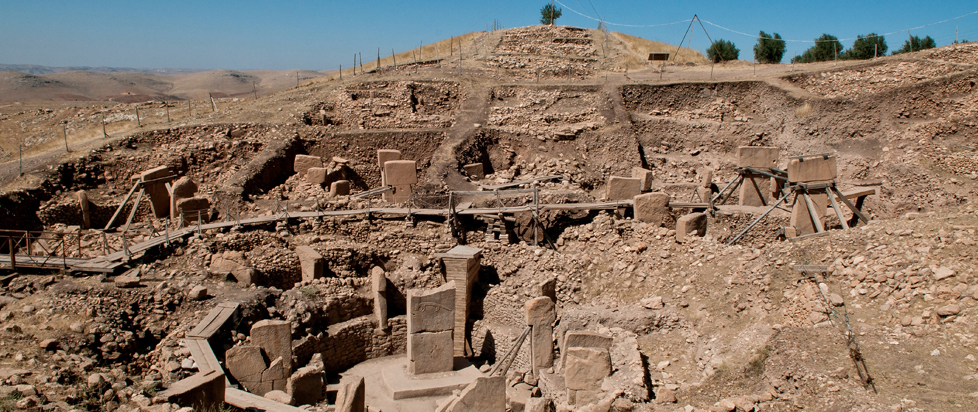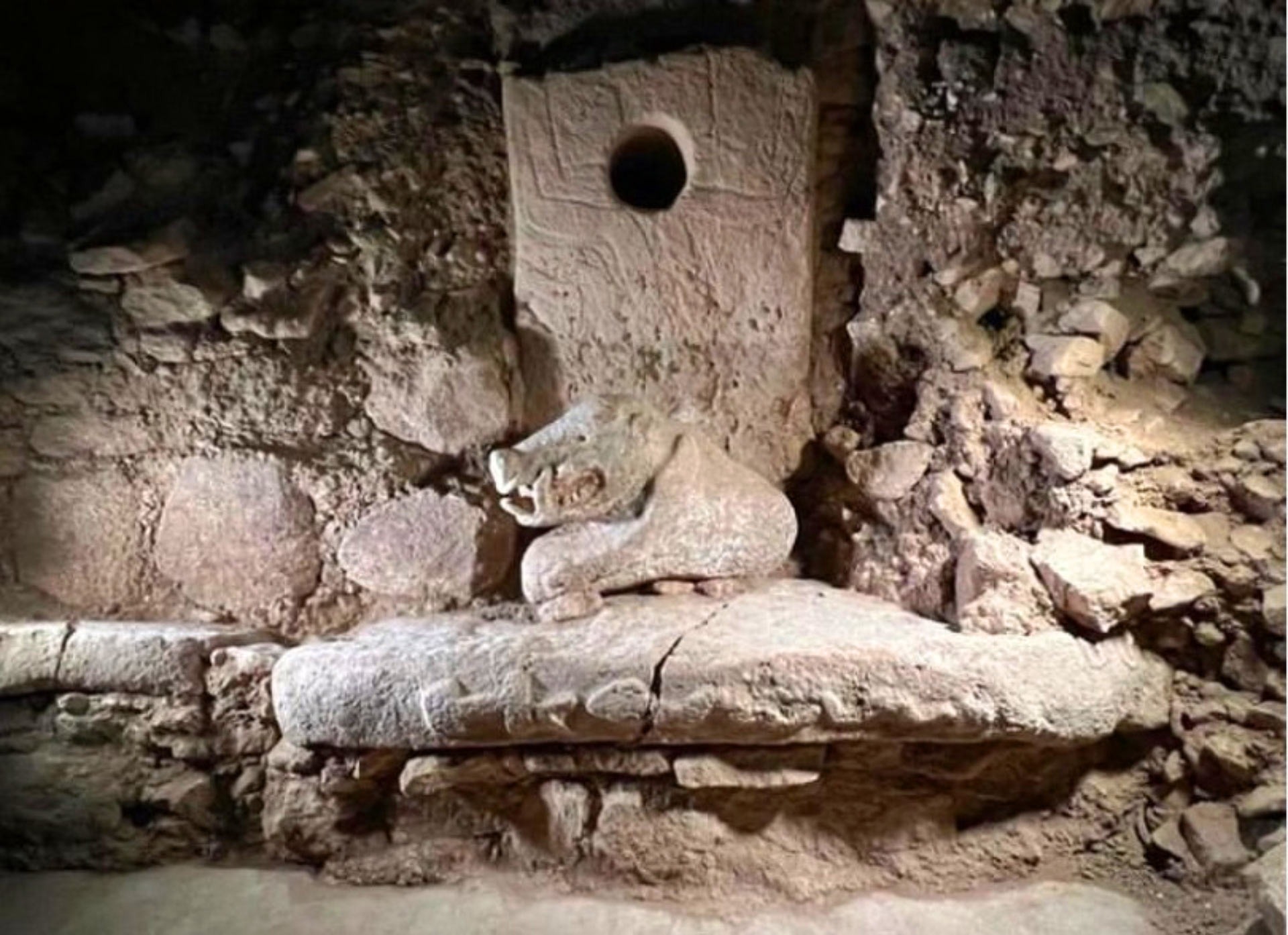
Stone to Screen

This column is a reprint from Unwinnable Monthly #174. If you like what you see, grab the magazine for less than ten dollars, or subscribe and get all future magazines for half price.
———
Architecture and games.
———
Ancient architecture has long captivated our collective imagination, offering a window into the ingenuity and creativity of people in the past. This occasionally raises questions about the how and why of a given feature, on account of the sharp differences in terms of design and by implication also lifestyle. Dating to around 12,000 years ago, Göbekli Tepe is a testament to the architectural prowess of ancient societies, having been one of the earliest known archaeological sites ever discovered. Göbekli Tepe may also have been the birthplace of religion, by the way.
The monumental structures at this ancient site not only challenge our understanding of ancient civilization but offer plenty of potential for modern fields of study including videogame level design, being so different from anything currently in existence, at least when it comes to layout and structure. By examining the techniques and principles of construction behind Göbekli Tepe, level designers can deepen their understanding of architecture, potentially discovering a few timeless lessons that can improve their craft, at least, I hope.
Göbekli Tepe lies in southeastern Turkey at a site dating back to around 10,000 BCE, long before the advent of writing and literature, or even one of the earliest major inventions, pottery. What sets Göbekli Tepe apart from other archaeological sites of similar scope is a remarkable series of monumental structures, built by early hunter-gatherer groups. Featuring huge pillars covered with intricately carved animal reliefs, the site has already challenged our understanding of the capabilities and social structures of ancient societies, most notably at this turning point in human history, between hunter-gatherers and settled agriculturists.

Göbekli Tepe is a testament to the architectural ingenuity of its builders. The site consists of about a dozen circular enclosures, each containing a series of massive t-shaped pillars arranged in a ring, presumably to support some sort of ceiling, although this remains controversial. These can reach over ten feet in height and weigh up to several tons, being adorned with intricate carvings of animals including foxes, birds and snakes, in addition to various abstract symbols. When it comes to the structures themselves, their purpose remains a subject of debate, similar to so many other things in archaeology. Several theories have been put forward, ranging from religious or ceremonial use to places of gathering for communal feasting. Whether tall tales or cosmology, some element of storytelling was surely involved.
As for the builders of Göbekli Tepe, the process of constructing these monumental structures would have been every bit as monumental a task as the enclosures themselves. Without the aid of modern tools or machinery, they would have relied on simple stone tools, ropes and wooden levers to quarry the massive limestone blocks, before carving them into their desired shape and form. The sheer size and weight of the t-shaped pillars can only suggest a considerable amount of planning and coordination, something that was relatively rare at this point in human history. The quarries were also quite far from Göbekli Tepe, meaning that people had to haul these huge blocks for miles.
You can imagine the scene at Göbekli Tepe several thousand years ago, people working together to move the stones into place, carve their intricate designs and carefully place each pillar into its designated position. This would have been a slow and labor-intensive process, requiring a deep understanding of the materials and techniques available at the time. The builders on the other hand persisted, perhaps driven by a shared vision or purpose that transcended the immense challenges. The experience of entering such a structure would have been unlike anything you had ever seen before, a manipulation of natural forms entirely created by human hands.
In contrast to the monumental structures of Göbekli Tepe, modern architecture often prioritizes efficiency, functionality and aesthetic appeal. While ancient structures like those at Göbekli Tepe were built to last for many millennia, buildings in the modern world are often constructed with materials and techniques that prioritize cost-effective and speedy construction, meaning of course that concrete, steel and glass have largely replaced wood and stone as the primary building materials, with advanced machinery and technology having revolutionized the entire process.

These aspects of modern architecture also reflect the changing values and priorities of contemporary society. Göbekli Tepe was most likely about marshaling the powers of nature and the universe, buildings today are typically aimed at serving a practical purpose, providing a sufficient amount of space for a particular activity, working or studying for example. In terms of its form and function, Göbekli Tepe was created from the ground up to impress, convincing visitors to participate in the monumental task of maintaining and expanding the structure, as the site itself was an ongoing project for centuries. There have been many who argue that such sites represent the origin of civilization.
Göbekli Tepe serves as a powerful reminder of the enduring impact of ancient architecture on modern fields of study including of course level design. By studying the various techniques of construction, spatial arrangements and possible storytelling elements of Göbekli Tepe, level designers can hopefully enrich their own creations, creating a wider variety of potential experiences in the process. This kind of window into the past can also provide an opportunity for learning about the present, a chance to reflect upon the differences between our own society and those of the ancient world, a reminder that what you see around you today is a recent development, as opposed to a natural or timeless occurrence.
———
Justin Reeve is an archaeologist specializing in architecture, urbanism and spatial theory, but he can frequently be found writing about videogames, too. You can follow him on Twitter @JustinAndyReeve.




